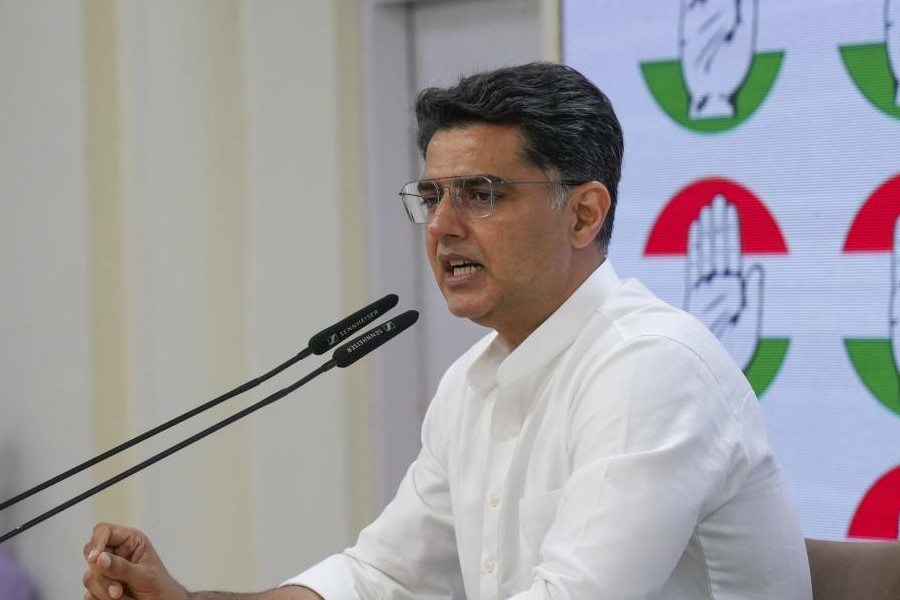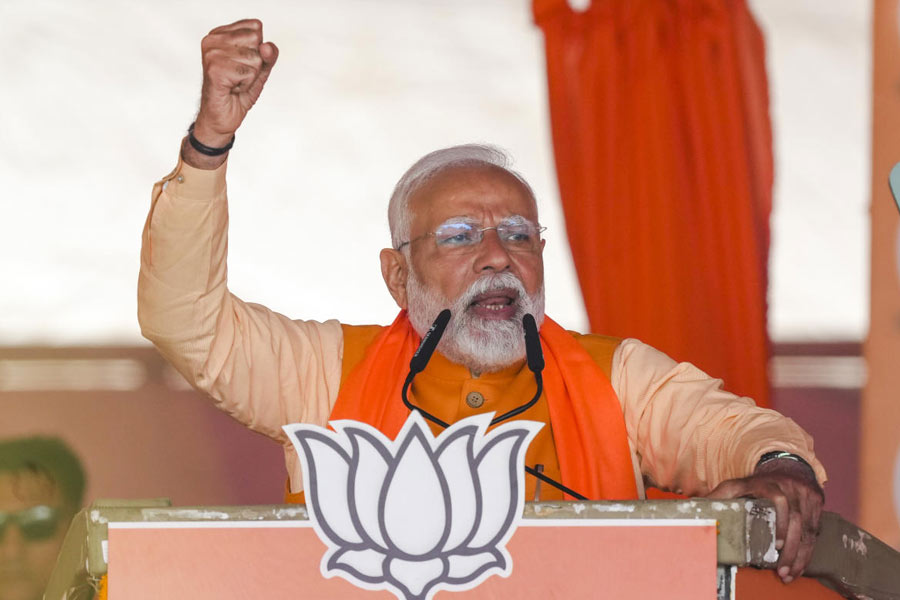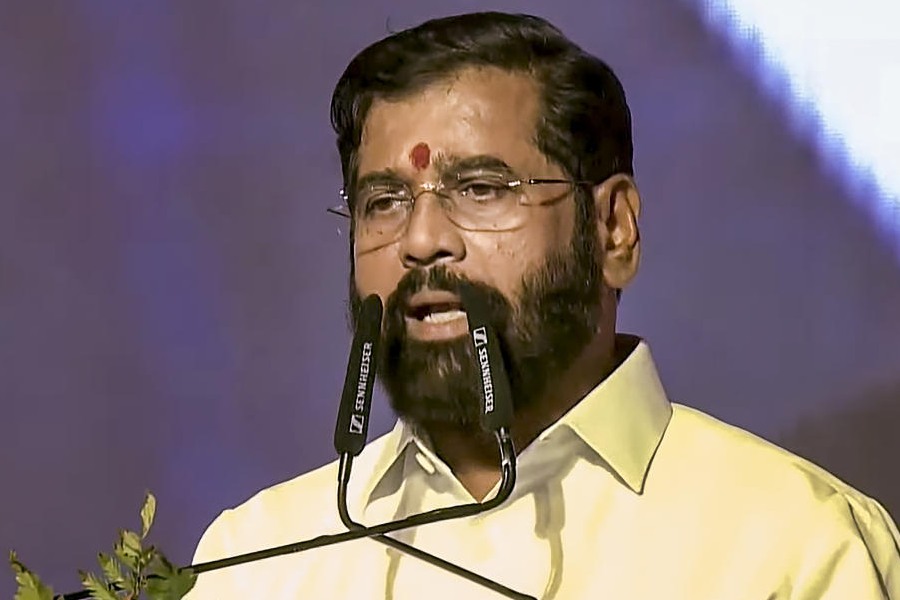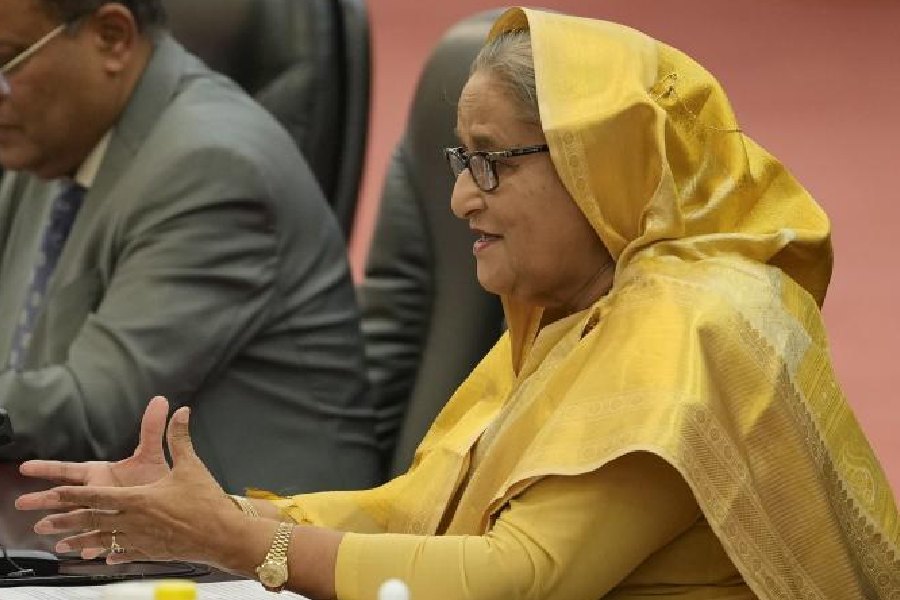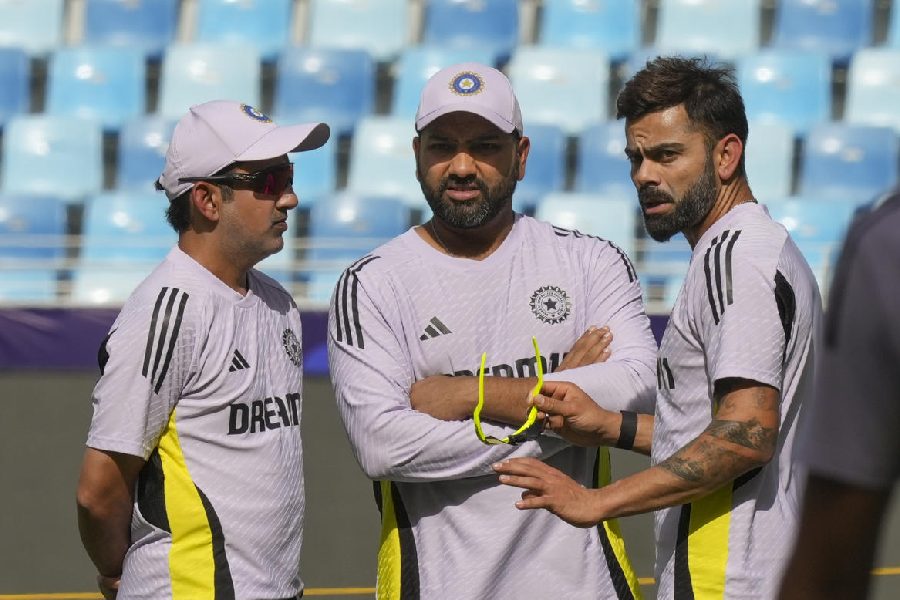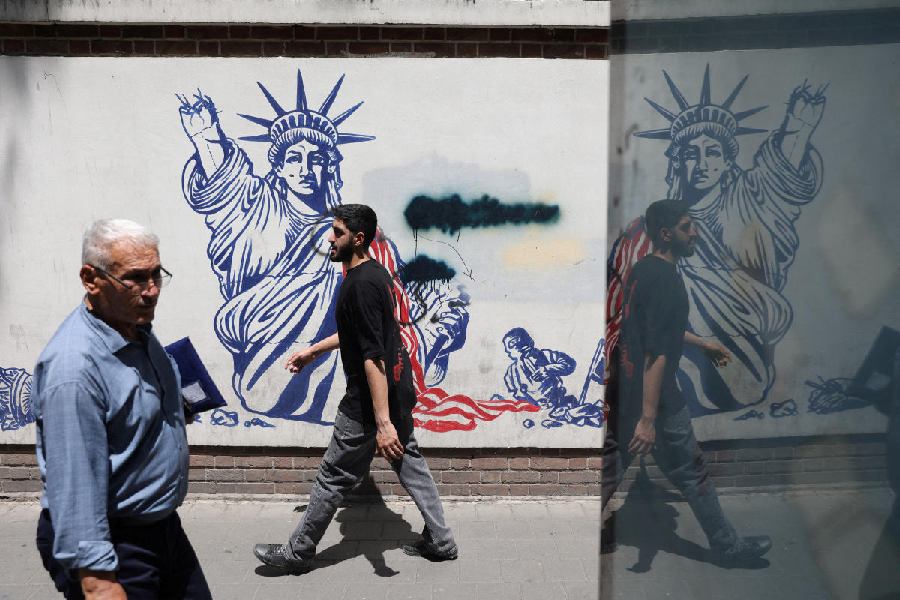 |
Bhubaneswar, Jan. 12: The public health engineering organisation (PHEO) of the housing and urban development department has decided to conduct a household survey in the city to identify and assess loopholes in delivery of water and sanitation services.
The agency to conduct the survey would be chosen through an open bidding. The survey is expected to begin in March.
The survey is being sponsored by the Centre, which has decided to monitor such services for the sake of service-level benchmarking (SLB), which has become a recognised mechanism for introducing accountability in services of PHEO.
“The city has nearly 2.36 households, but we have 60,000 consumers who are actually paying bills. There are many areas where pipe water is yet to be supplied. While the population in the 149 square kilometre municipal area was 10.6 lakh in 2009, in 2011 it would be much more. So we have to understand where our weaknesses and strengths lie,” said executive engineer of PH Division II in the city Manoj Ranjan Nanda. The survey would be based on a questionnaire taking into account the number of families in households and such other data. It will also have questions on the quality of water supply and other components.
“If a person is using PHEO water, survey would like to know how many connections are there, the frequency of supply, water sufficiency, storage type, supply duration and its connectivity to the underground reservoir or roof top tank,’’ he said.
“The consumers can also have the option to indicate their satisfaction level by responding to queries about water quality, colour, smell, pressure and billing,’’ he added.
Another senior PHEO official also informed that the questionnaire would ask the respondents about the sewerage facility available and whether the people were connected to the sewerage network or not.
Speaking to The Telegraph on the water quality and supply, Purnachandra Sahu, a marketing executive with a pharmaceutical major, said: “In the area near CRP Square, the water that we get has suspended mud particles and bleaching powder in more than the required quantity.”
An area manager of a private company in Unit III area, Lalit Kumar Mahunta, said: “There is no fixed timing for water supply. For this reason, many fail to collect their share of water. We have heard that some areas under Unit III have been included in a pilot project to get 24X7 water supply. But that happens, the authorities should ensure that water is supplied at fixed times during the day.”
“The household survey to be conducted in Orissa for the first time will generate data for long-term water supply improvement plan on a pilot basis to ensure the service-level benchmarking practices,’’ said the executive engineer of PH Division II.
“It will cover all households in all the wards of Bhubaneswar Municipal Corporation (BMC) and will be carried out in close coordination with the PHEO staff and the local councillors. The junior engineers concerned of the PHEO will supervise the field survey work,’’ said another senior official.
“After the survey process, a ‘network modelling’ exercise will be carried out. In this exercise, experts will prepare a model to know the exact requirement of pipe water in various localities, changes needed to modify the pipeline diameter as per demand, on-line losses during distribution and proposal for new lines to include more localities under the PHEO network. The pipe water distribution system in the city is 46-years-old. With rising population there is always a need to plan the water requirements for the next 30 years,’’ he added.
A status report prepared by PHEO said: “At present, out of 60 wards in the BMC area, 25 are fully covered, 31 partly and four uncovered. While there is production of 280.78 million litres per day (MLD) water by PHEO, 266.55 MLD are treated at various treatment plants across the city. There are 57,093 number of official water connections existing as per records and the city has 950-km-long pipeline for water supply.’’


